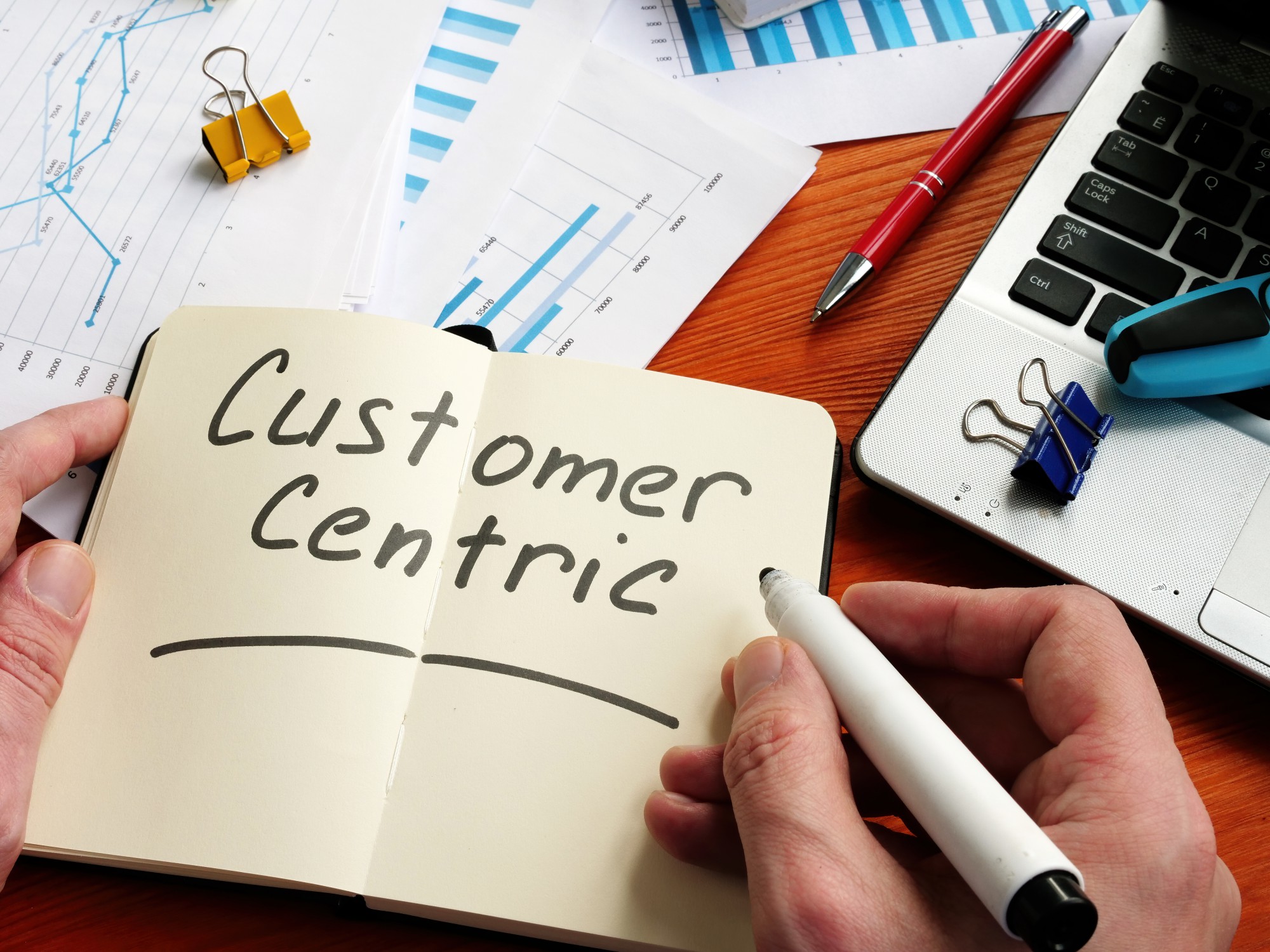
Customer Centric Strategy
StrategyWe live in a time where experience has become the most valuable - whether it's from a service or a physical product. Most CEOs believe that a customer-centric approach is one of the main drivers of business today. In a digital and highly competitive environment, the priority of most large organizations is the development of a customer centric strategy. In the 2020 study "Insights2020" (325 organizations around the world, 10,000 respondents from 60 different countries) revealed a trend that the revenues of customer-oriented companies are growing faster than those of their competitors. Such companies are characterized by making personalized decisions based on empirical data that make their customers feel more valued and confident. Modern studies and their results show us that outstanding and great marketing strategies are not based on intuition, but based on empirical data. To do this, it is important to know each goal that we want to achieve and then be able to evaluate how well we have achieved the goal.
With globalization and technology development, creating a good quality product is no longer a competitive advantage. The number of delivery channels is increasing and the ways of communicating with the customer are becoming easier and easier, both online and in traditional ways. In today's world, competitive advantage has become finding and analyzing customer needs so that they get a fast, transparent and reliable experience. To achieve this, organizations choose customer-centric strategies.
Customer centricity is a business strategy that represents the intersection between customer needs and brand goals. A customer-centric business strategy enables organizations to achieve rapid change, long-term satisfied customers, and sustainable growth.
As a result of the research, three main directions were identified, which the surveyed fast-growing (over-performer) organizations apply :
1. Delivering a complete user experience: targeted, differentiated and compatible
- As we mentioned, consumers today expect more from a brand than a product/service - a targeted and compatible product/service tailored to their needs. One of the key features of a customer-centric strategy is the intersection of the organization's goals and customer needs. The goals of great brands mainly depend on their internal factors (brand DNA, aspirations, decisions) and external factors (customer needs, social factors, etc.). The main challenge is not in formulating a goal, but in actually grasping that goal - the goal needs to be visible in all their decisions and actions, not just in marketing communications. Consumers in today's chaotic world are well able to discern whether an organization's actions are real or merely spelled out in their marketing strategy.
2. Creating an organization for which the most important value is the customer (customer obsessed)
- The second direction that customer-centric organizations are heading is that they become completely dependent on the customer. Not only do they consider customer needs, but the customer's voice is heard in every decision they make. Consumers have a perception that they are important and valuable to the brand they choose. In the case of Go-Pro, it seems that the budget that they allocated to creative agencies, advertising and production was completely transferred to the customer. They used the videos and photos taken by the customer in exchange for the corresponding compensation. The main motive of the campaign is - The customer is the HERO.
3. Organizations create mechanisms that permanently receive and process information about users.
- 51% of successful organizations surveyed say that their decisions are completely based on data and its analytics. As noted, this gives them great insight into how to direct their strategy – both in terms of business decisions and marketing decisions. In this way, they have complete knowledge of what customers think, where they go, where they get their information, what their needs are, etc. This helps them make both big and everyday business decisions - selling points, planning big campaigns, creating new products and other. Organizations constantly refer to pre- and post-campaign research, which provides information on what expectations they had and how effective the measures they implemented were for the customer.
A winning marketing strategy isn't just about creativity, it requires a balance of numbers and magic. Surprisingly to many, however, brand success can be measured – if we invest in the right analytics and information assets